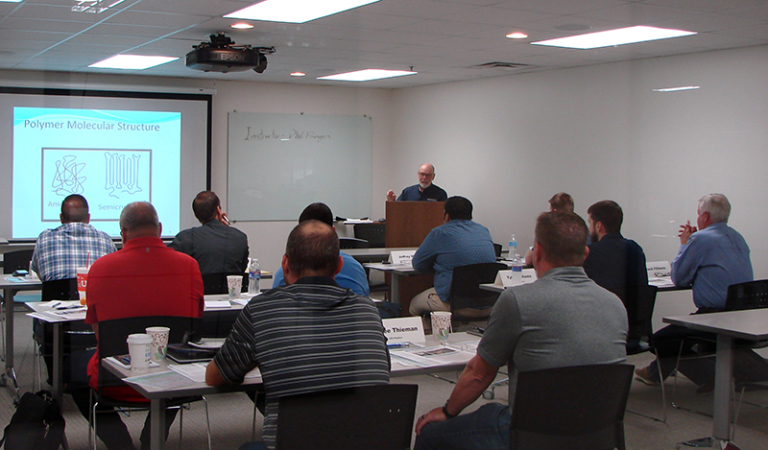
Over the years, our Engineers have done independent research and worked with outside experts to provide helpful articles to the injection molding community. The articles were published in the well-respected Plastics Technology Magazine in print and on-line. We’ve summarized the articles here in one place as a convenient reference.
Come back to them often as your research into mold cooling efficiency continues to evolve.
Cooling Geometry and the Reynolds Calculation
The original Turbulent Flow Rate Calculator worked well with a round circuit diameter, such as a drilled passage, but not as well using hydraulic diameters. Here’s how the problem was fixed.

An Engineering Approach to Mold-Cooling Circuit Design
The Energy Density vs. ΔT/in. relationship is an important step forward in pursuit of a science-based approach to cooling-circuit design. Here’s why.
An Inside Look at Turbulent Flow
Years of talk about observing and studying coolant flow in a clear simulated cooling channel finally becomes a reality. Here’s how it all came together, and what it all means.
Avoid Scale Buildup: The Silent Enemy of Cooling Performance
Obstructions in cooling can wreak havoc on molding. We recount our experience and offer tips on how you can keep cooling water flowing.
Improve the Cooling Performance of Your Molds
Need to figure out your mold-cooling energy requirements for the various polymers you run? What about sizing cooling circuits so they provide adequate cooling capacity?
Balancing the Heat Budget in Injection Molds
Basic formulas for how much heat you must pull out of the mold to achieve a set cycle time.
Make Water Treatment Part of Your Process Cooling Program
Dirty, rusty, smelly water can wreak havoc with even the most meticulous process-cooling program.
Leverage Your Cooling Power
Injection molding is fundamentally a process that involves moving heat energy from place to place. Calculate heat transfer to maximize your cooling capacity.


